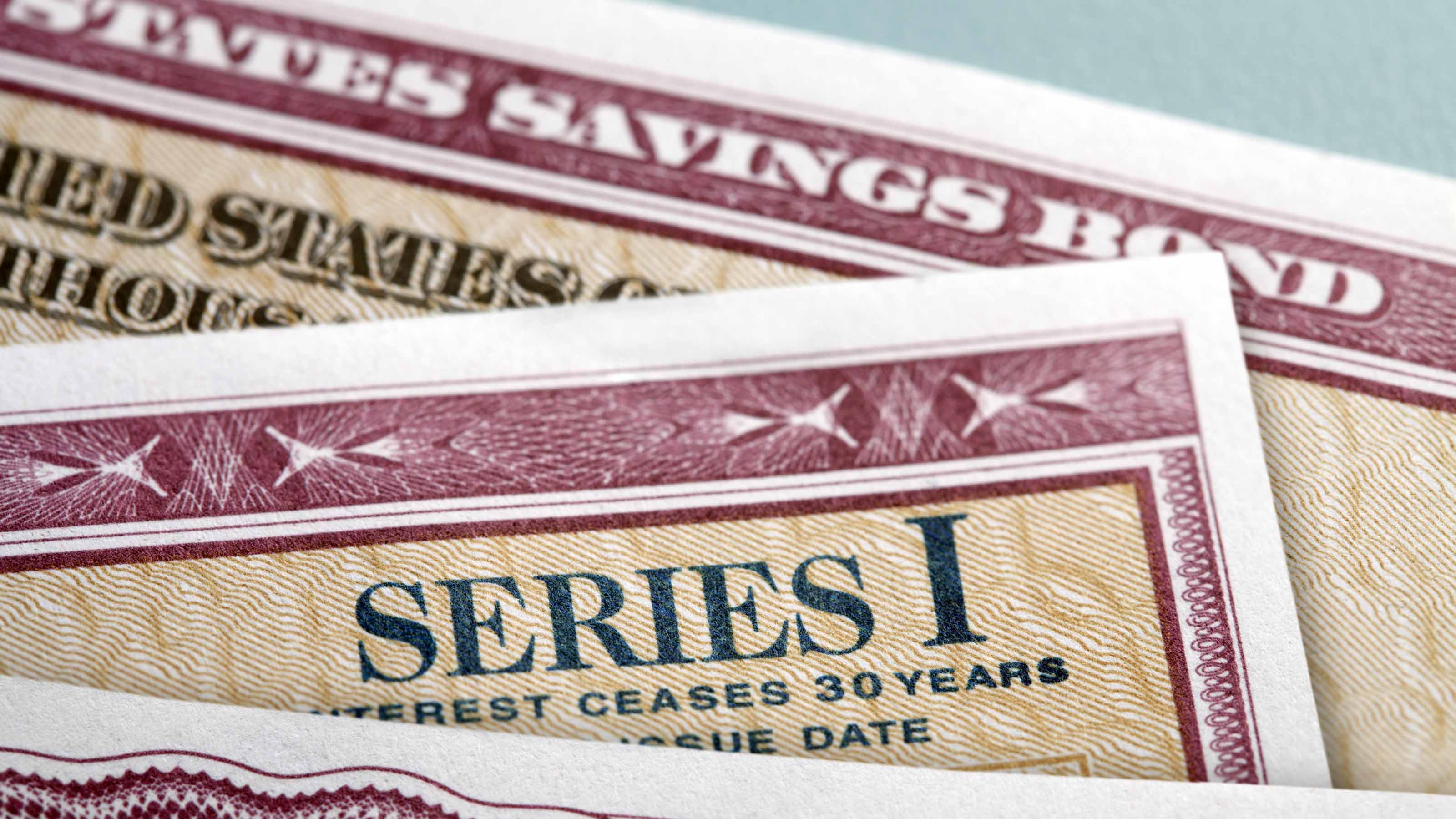
Since 2012, when banks stopped selling paper savings bonds, buyers have been limited to making their purchases electronically, with one exception: You could buy up to $5,000 in paper series I savings bonds (I-bonds) with your IRS tax refund each year.
But starting January 1, 2025, that option will no longer be available.
Why are paper I-bonds being ditched?
The Tax Time Savings Bonds (TTSB) program was launched in 2010 to give tax filers the ability to buy paper I-bonds using their tax refunds. However, on average, only 35,000 people used this program to buy paper bonds each year, according to the IRS.
That represented just 0.03% of all tax filers, and less than 10% of I-bond purchasers. The IRS says that running the program is costly and mailing paper bonds leaves them open to fraud, theft, loss and delays.
Can I still buy paper I-bonds if I haven’t filed my 2023 tax return yet?
Before the program ends, there’s still a chance to buy paper I-bonds if you received an extension to file your 2023 tax return with a deadline of October 15, 2024.
You’ll need to fill in IRS Form 8888, and your bonds will be mailed to you once your tax return has been processed.
What should I do with my existing paper I-bond(s)?
While there’s no obligation to do so, you can convert paper I-bonds to electronic bonds using TreasuryDirect. It’s free to do, and you’ll need to set up an account if you don’t already have one.
Be warned, however: TreasuryDirect can be hard to navigate. And if you’re not ready to go electronic, you can hold onto your paper I-bonds until you’re ready to cash them.
Should I buy electronic I-bonds in future?
At TreasuryDirect.gov, you can buy up to $10,000 in electronic I-bonds each year, and also $5,000 in I-bonds if you use your tax return to buy them. Bonds issued from May through October 2024 have a composite yield of 4.28%, including a fixed rate of 1.3% and an inflation rate (which adjusts every six months) of 1.48%.
In November, the Treasury Department will set a new semiannual inflation rate based on the consumer price index, as well as a fixed rate for bonds issued from November 2024 through April 2025.
While rates may not compare especially well to the best high-yield savings accounts and the best CD rates, which are giving returns over 5%, bonds are still considered a stable and low-risk option for growth.
Note: A version of this item first appeared in Kiplinger Personal Finance Magazine, a monthly, trustworthy source of advice and guidance. Subscribe to help you make more money and keep more of the money you make here.







